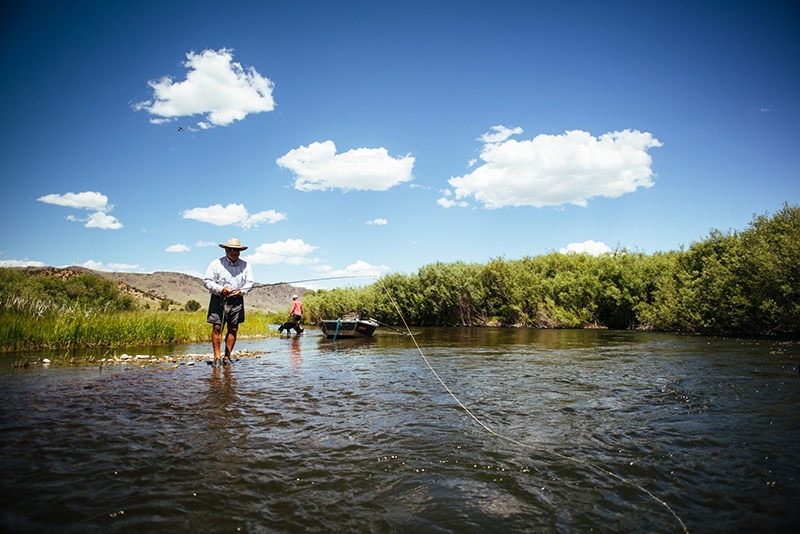Stream restoration projects taken on by chapters increasingly involve major modifications to stream channels, moving heavy materials such as boulders or trees, and the use of heavy equipment. If your chapter is involved in a stream restoration project, TU has experts on staff who can assist you with the technical, financial, and liability issues associated with such projects.
The “Contract Guidance for TU Chapters and Councils”document addresses in detail liability risks involved in stream restoration projects and how to minimize those risks. Set out below are also some basic things your chapter or council should do to minimize risks in such projects.
First, if your chapter or council is going to sign any major contracts in connection with the project, submit that draft contract to volunteer operations staff for review at least 14 days before signing.
Second, TU’s primary method of controlling liability in connection with stream restoration projects is to ensure that engineers and contractors involved with the project have adequate insurance in the event of a problem. If you hire a contractor or engineer in connection with any project, TU’s contract with that contractor or engineer should require the engineer or contractor to produce a certificate of insurance and to name TU (the national organization, the chapter, the council, and TU volunteers) as additional insureds on the engineer’s or contractor’s policy. This is standard industry practice and should not present a problem for most contractors and engineers.
Finally, TU does not have liability insurance for damage caused by pollution, so if a project involves the movement or removal of potentially toxic material (including sediments) or the removal of a dam (even a small dam), you must contact volunteer operations staff to ensure that TU is not being exposed to any uninsured risk. The engineers and contractors involved in a project can usually obtain pollution liability insurance for that project that will cover TU and the involved chapter, council, and TU volunteers as additional insureds, but the chapter or council (working with volunteer operations staff) should assure that the coverage is adequate for the risks of the project.


